The Brewer’s Yeast market is expected to grow from USD 2.82 billion in 2020 to USD 5.87 billion by 2028, at a CAGR of 9.6% during the forecast period 2021-2028.
Brewer's yeast is an additive used in the production of beer and bread. It is made from a unicellular fungus known as Saccharomyces cerevisiae. Brewer's yeast is bitter and is also used as a nutritional supplement. It is a rich source of chromium that can help the human body maintain normal blood sugar levels as it is a source of B vitamins. Debited brewer's yeast is a newer, more processed version of brewer's yeast. The "debit" process removes a lot of the chromium in the yeast, so if looking for a good source of chromium nutrition, it is necessary to make sure that the brewer's yeast bought is debited. Brewer’s yeasts are considered probiotics and are used to promote digestion.
The factors driving the market are the increase in the demand from the application of the additives, increasing consumption of nutritional and dietary supplements globally and the product improving the consumer's health. The factors restraining the market are the increasing presence of animals suffering from various disorders due to the consumption of yeast extracts, life-threatening complications for individuals suffering from yeast infections if they unknowingly consume supplements consisting of brewer’s yeast and concerns regarding difficulties with the health of individuals with over-consumption of the product.
This study delivers a comprehensive analysis of type, product, applications, end-use and region. The type segment includes liquid and dry. The dry segment dominates the market as the liquid element is not economical. The application segment includes wine, beer, feed supplements, food supplements, others.
The market has been divided into North America, Europe, Asia-Pacific, Middle East & Africa, and South America. North America holds the largest market share in the U.S. The U.S.A. is one of the most important markets for the product due to the high production of animal feed. The holistic approach of manufacturers to assimilate the product into feed is expected to increase market demand, indicating increased requirements for safe and healthy meat products for the final consumer in the forecast period 2021-2028. The yeast market in Europe is another dominant market due to the presence of Alltech and Archer Daniel Midland. Furthermore, White Labs Copenhagen Aps produces certified organic yeast for professional European brewers and winemakers while also providing a place for innovative and scientific discoveries in the field of fermentation and microorganisms. Spain, Germany and France are the main markets in this region due to the high production of animal feed. The rapidly growing feed production in Russia, Turkey, Belarus, Poland, Greece and Ukraine is expected to rise product demand in the region over the forecast period.In China, the need for poultry and other meat products increases due to the growing population, increasing urbanization and the rising demands of export markets..
The key players of the market are Lesaffre, Cargill, Incorporated, Archer Daniels Midland, Associated British Foods plc, Kothariyeast. In; Chr. Hansen Holding A/S; BruchemInc; Scandinavian Formulas and Synergy Flavors, AngelYeast Co., Lallemand Inc., BIOMIN HOLDING GMBH and others.These companies are also focusing on partnership strategies to expand their presence in the global beer yeast market. For example, in August 2020, Angel Yeast entered into a partnership with Renaissance BioScience to see a patent for a range of yeast from the Renaissance to the wine, cider, and beer industries.
Brewer’s Yeast Market Analysis and Forecast, Type
Brewer’s Yeast Market Analysis and Forecast, Application
Brewer’s Yeast Market Analysis and Forecast, Region
Report Description:
1. Introduction
1.1. Objectives of the Study
1.2. Market Definition
1.3. Research Scope
1.4. Currency
1.5. Key Target Audience
2. Research Methodology and Assumptions
3. Executive Summary
4. Premium Insights
4.1. Porter’s Five Forces Analysis
4.2. Value Chain Analysis
4.3. Top Investment Pockets
4.3.1. Market Attractiveness Analysis By Type
4.3.2. Market Attractiveness Analysis By Application
4.3.3. Market Attractiveness Analysis By Region
4.4. Industry Trends
5. Market Dynamics
5.1. Market Evaluation
5.2. Drivers
5.2.1. Increase in the demand from the additives application
5.2.2. Increasing consumption of nutritional and dietary supplements globally
5.2.3. The product improving the health of the consumer.
5.3. Restraints
5.3.1. Increasing animals suffering due to the consumption of yeast extracts
5.3.2. Life-threatening complications for individuals suffering from yeast infections
5.3.3. Concerns regarding health of individuals with over-consumption of the product.
6. Global Brewer’s Yeast Market Analysis and Forecast, By Type
6.1. Segment Overview
6.2. Dry
6.3. Liquid
7. Global Brewer’s Yeast Market Analysis and Forecast, By Application
7.1. Segment Overview
7.2. Wine
7.3. Beer
7.4. Feed Supplements
7.5. Food Supplements
7.6. Others.
8. Global Brewer’s Yeast Market Analysis and Forecast, By Regional Analysis
8.1. Segment Overview
8.2. North America
8.2.1. U.S.
8.2.2. Canada
8.2.3. Mexico
8.3. Europe
8.3.1. Germany
8.3.2. France
8.3.3. U.K.
8.3.4. Italy
8.3.5. Spain
8.4. Asia-Pacific
8.4.1. Japan
8.4.2. China
8.4.3. India
8.5. South America
8.5.1. Brazil
8.6. Middle East and Africa
8.6.1. UAE
8.6.2. South Africa
9. Global Brewer’s Yeast Market-Competitive Landscape
9.1. Overview
9.2. Market Share of Key Players in Global Brewer’s Yeast Market
9.2.1. Global Company Market Share
9.2.2. North America Company Market Share
9.2.3. Europe Company Market Share
9.2.4. APAC Company Market Share
9.3. Competitive Situations and Trends
9.3.1. Product Launches and Developments
9.3.2. Partnerships, Collaborations, and Agreements
9.3.3. Mergers & Acquisitions
9.3.4. Expansions
10. Company Profiles
10.1. Lesaffre
10.1.1. Business Overview
10.1.2. Company Snapshot
10.1.3. Company Market Share Analysis
10.1.4. Company Application Portfolio
10.1.5. Recent Developments
10.1.6. SWOT Analysis
10.2. Cargill
10.2.1. Business Overview
10.2.2. Company Snapshot
10.2.3. Company Market Share Analysis
10.2.4. Company Application Portfolio
10.2.5. Recent Developments
10.2.6. SWOT Analysis
10.3. Incorporated
10.3.1. Business Overview
10.3.2. Company Snapshot
10.3.3. Company Market Share Analysis
10.3.4. Company Application Portfolio
10.3.5. Recent Developments
10.3.6. SWOT Analysis
10.4. Archer Daniels Midland
10.4.1. Business Overview
10.4.2. Company Snapshot
10.4.3. Company Market Share Analysis
10.4.4. Company Application Portfolio
10.4.5. Recent Developments
10.4.6. SWOT Analysis
10.5. Associated British Foods plc
10.5.1. Business Overview
10.5.2. Company Snapshot
10.5.3. Company Market Share Analysis
10.5.4. Company Application Portfolio
10.5.5. Recent Developments
10.5.6. SWOT Analysis
10.6. Kothariyeast.in
10.6.1. Business Overview
10.6.2. Company Snapshot
10.6.3. Company Market Share Analysis
10.6.4. Company Application Portfolio
10.6.5. Recent Developments
10.6.6. SWOT Analysis
10.7. Chr. Hansen Holding A/S
10.7.1. Business Overview
10.7.2. Company Snapshot
10.7.3. Company Market Share Analysis
10.7.4. Company Application Portfolio
10.7.5. Recent Developments
10.7.6. SWOT Analysis
10.8. Bruchem Inc.
10.8.1. Business Overview
10.8.2. Company Snapshot
10.8.3. Company Market Share Analysis
10.8.4. Company Application Portfolio
10.8.5. Recent Developments
10.8.6. SWOT Analysis
10.9. Scandinavian Formulas
10.9.1. Business Overview
10.9.2. Company Snapshot
10.9.3. Company Market Share Analysis
10.9.4. Company Application Portfolio
10.9.5. Recent Developments
10.9.6. SWOT Analysis
10.10. Synergy Flavors
10.10.1. Business Overview
10.10.2. Company Snapshot
10.10.3. Company Market Share Analysis
10.10.4. Company Application Portfolio
10.10.5. Recent Developments
10.10.6. SWOT Analysis
10.11. AngelYeast Co.
10.11.1. Business Overview
10.11.2. Company Snapshot
10.11.3. Company Market Share Analysis
10.11.4. Company Application Portfolio
10.11.5. Recent Developments
10.11.6. SWOT Analysis
10.12. Lallemand Inc.
10.12.1. Business Overview
10.12.2. Company Snapshot
10.12.3. Company Market Share Analysis
10.12.4. Company Application Portfolio
10.12.5. Recent Developments
10.12.6. SWOT Analysis
10.13. BIOMIN HOLDING GMBH
10.13.1. Business Overview
10.13.2. Company Snapshot
10.13.3. Company Market Share Analysis
10.13.4. Company Application Portfolio
10.13.5. Recent Developments
10.13.6. SWOT Analysis
List of Table
1. Global Brewer’s Yeast Market, By Type, 2018 - 2028 (USD Billion)
2. Global Dry, Brewer’s Yeast Market, By Region, 2018 - 2028 (USD Billion)
3. Global Liquid, Brewer’s Yeast Market, By Region, 2018 - 2028 (USD Billion)
4. Global Brewer’s Yeast Market, By Application, 2018 - 2028 (USD Billion)
5. Global Wine, Brewer’s Yeast Market, By Region, 2018 - 2028 (USD Billion)
6. Global Beer, Brewer’s Yeast Market, By Region, 2018 - 2028 (USD Billion)
7. Global Feed Supplements, Brewer’s Yeast Market, By Region, 2018 - 2028 (USD Billion)
8. Global Food Supplements, Brewer’s Yeast Market, By Region, 2018 - 2028 (USD Billion)
9. Global Others, Brewer’s Yeast Market, By Region, 2018 - 2028 (USD Billion)
10. North America Brewer’s Yeast Market, By Type, 2018 - 2028 (USD Billion)
11. North America Brewer’s Yeast Market, By Application, 2018 - 2028 (USD Billion)
12. U.S. Brewer’s Yeast Market, By Type, 2018 - 2028 (USD Billion)
13. U.S. Brewer’s Yeast Market, By Application, 2018 - 2028 (USD Billion)
14. Canada Brewer’s Yeast Market, By Type, 2018 - 2028 (USD Billion)
15. CanadaBrewer’s Yeast Market, By Application, 2018 - 2028 (USD Billion)
16. Mexico Brewer’s Yeast Market, By Type, 2018 - 2028 (USD Billion)
17. Mexico Brewer’s Yeast Market, By Application, 2018 - 2028 (USD Billion)
18. Europe Brewer’s Yeast Market, By Type, 2018 - 2028 (USD Billion)
19. Europe Brewer’s Yeast Market, By Application, 2018 - 2028 (USD Billion)
20. Germany Brewer’s Yeast Market, By Type, 2018 - 2028 (USD Billion)
21. Germany Brewer’s Yeast Market, By Application, 2018 - 2028 (USD Billion)
22. France Brewer’s Yeast Market, By Type, 2018 - 2028 (USD Billion)
23. France Brewer’s Yeast Market, By Application, 2018 - 2028 (USD Billion)
24. U.K. Brewer’s Yeast Market, By Type, 2018 - 2028 (USD Billion)
25. U.K. Brewer’s Yeast Market, By Application, 2018 - 2028 (USD Billion)
26. Italy Brewer’s Yeast Market, By Type, 2018 - 2028 (USD Billion)
27. Italy Brewer’s Yeast Market, By Application, 2018 - 2028 (USD Billion)
28. Spain Brewer’s Yeast Market, By Type, 2018 - 2028 (USD Billion)
29. Spain Brewer’s Yeast Market, By Application, 2018 - 2028 (USD Billion)
30. Asia Pacific Brewer’s Yeast Market, By Type, 2018 - 2028 (USD Billion)
31. Asia Pacific Brewer’s Yeast Market, By Application, 2018 - 2028 (USD Billion)
32. Japan Brewer’s Yeast Market, By Type, 2018 - 2028 (USD Billion)
33. Japan Brewer’s Yeast Market, By Application, 2018 - 2028 (USD Billion)
34. China Brewer’s Yeast Market, By Type, 2018 - 2028 (USD Billion)
35. China Brewer’s Yeast Market, By Application, 2018 - 2028 (USD Billion)
36. India Brewer’s Yeast Market, By Type, 2018 - 2028 (USD Billion)
37. India Brewer’s Yeast Market, By Application, 2018 - 2028 (USD Billion)
38. South America Brewer’s Yeast Market, By Type, 2018 - 2028 (USD Billion)
39. South America Brewer’s Yeast Market, By Application, 2018 - 2028 (USD Billion)
40. Brazil Brewer’s Yeast Market, By Type, 2018 - 2028 (USD Billion)
41. Brazil Brewer’s Yeast Market, By Application, 2018 - 2028 (USD Billion)
42. Middle East and Africa Brewer’s Yeast Market, By Type, 2018 - 2028 (USD Billion)
43. Middle East and Africa Brewer’s Yeast Market, By Application, 2018 - 2028 (USD Billion)
44. UAE Brewer’s Yeast Market, By Type, 2018 - 2028 (USD Billion)
45. UAE Brewer’s Yeast Market, By Application, 2018 - 2028 (USD Billion)
46. South Africa Brewer’s Yeast Market, By Type, 2018 - 2028 (USD Billion)
47. South Africa Brewer’s Yeast Market, By Application, 2018 - 2028 (USD Billion)
List of Figures
1. Global Brewer’s Yeast Market Segmentation
2. Global Brewer’s Yeast Market: Research Methodology
3. Market Size Estimation Methodology: Bottom-Up Approach
4. Market Size Estimation Methodology: Top-Down Approach
5. Data Triangulation
6. Porter’s Five Forces Analysis
7. Value Chain Analysis
8. Global Brewer’s Yeast Market Attractiveness Analysis By Type
9. Global Brewer’s Yeast Market Attractiveness Analysis By Application
10. Global Brewer’s Yeast Market Attractiveness Analysis By Region
11. Global Brewer’s Yeast Market: Dynamics
12. Global Brewer’s Yeast Market Share by Type(2021 & 2028)
13. Global Brewer’s Yeast Market Share by Application (2021 & 2028)
14. Global Brewer’s Yeast Market Share by Regions (2021 & 2028)
15. Global Brewer’s Yeast Market Share by Company (2020)
Market research is a method of gathering, assessing and deducing data & information about a particular market. Market research is very crucial in these days. The techniques analyze about how a product/service can be offered to the market to its end-customers, observe the impact of that product/service based on the past customer experiences, and cater their needs and demands. Owing to the successful business ventures, accurate, relevant and thorough information is the base for all the organizations because market research report/study offers specific market related data & information about the industry growth prospects, perspective of the existing customers, and the overall market scenario prevailed in past, ongoing present and developing future. It allows the stakeholders and investors to determine the probability of a business before committing substantial resources to the venture. Market research helps in solving the marketing issues challenges that a business will most likely face.
Market research is valuable because of the following reasons:
Our research report features both the aspects; qualitative and quantitative. Qualitative part provides insights about the market driving forces, potential opportunities, customer’s demands and requirement which in turn help the companies to come up with new strategies in order to survive in the long run competition. The quantitative segment offers the most credible information related to the industry. Based on the data gathering, we use to derive the market size and estimate their future growth prospects on the basis of global, region and country.
Our market research process involves with the four specific stages.
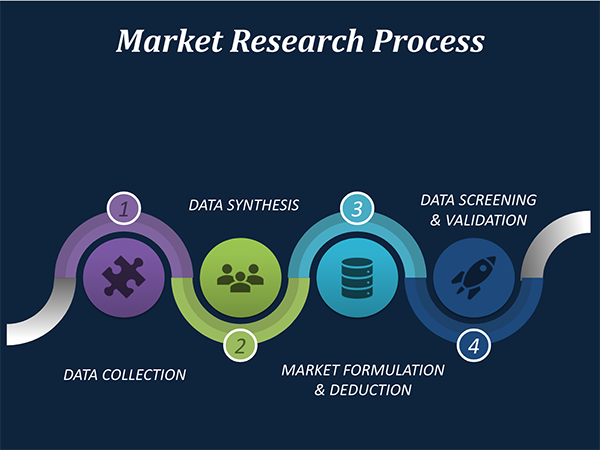
Data Collection: This stage of the market research process involves with the gathering and collecting of the market/industry related data from the sources. There are basically two types of research methods:
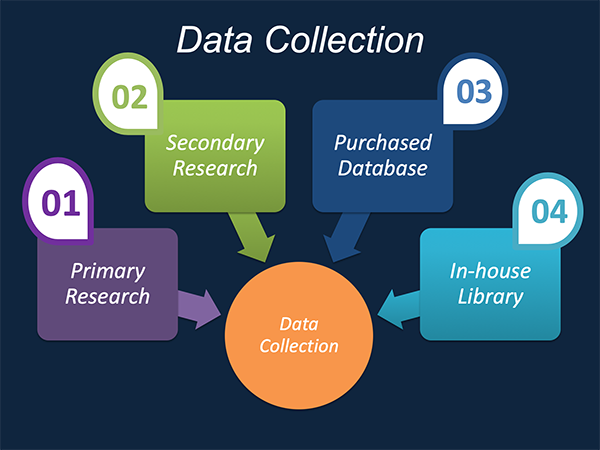
Data Synthesis: This stage includes the evaluation and assessment of all the data acquired from the primary and secondary research. It likewise includes in evaluating the information for any disparity watched while information gathering identified with the market. The data & information is gathered with consideration to the heterogeneity of sources. Scientific and statistical methods are implemented for synthesizing dissimilar information sets and provide the relevant data which is fundamental for formulating strategies. Our organization has broad involvement with information amalgamation where the information goes through different stages:
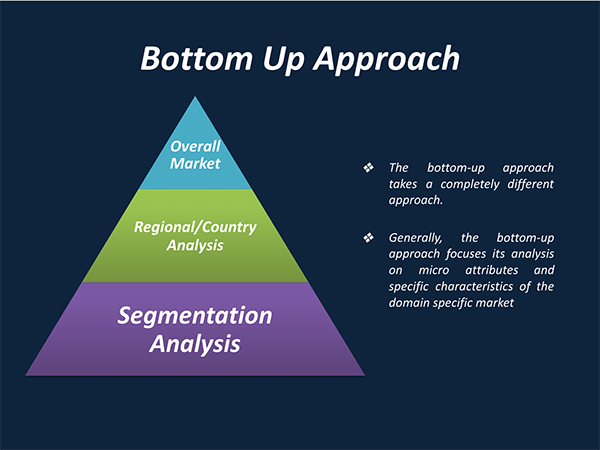
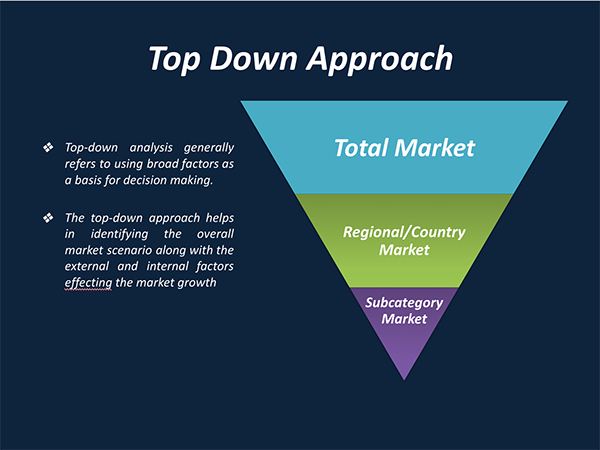
Market Formulation & Deduction: The last stage includes assigning the data & information in a suitable way in order to derive market size. Analyst reviews and domain based opinions based on holistic approach of market estimation combined with industry investigation additionally features a crucial role in this stage.
This stage includes with the finalization of the market size and numbers that we have gathered from primary and secondary research. With the data & information addition, we ensure that there is no gap in the market information. Market trend analysis is finished by our analysts by utilizing data extrapolation procedures, which give the most ideal figures to the market.
Data Validation: Validation is the most crucial step in the process. Validation & re-validation through scientifically designed technique and process that helps us finalize data-points to be used for final calculations. This stage also involves with the data triangulation process. Data triangulation generally implicates the cross validation and matching the data which has been collected from primary and secondary research methods.
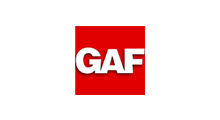

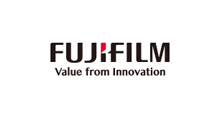
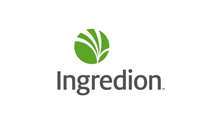

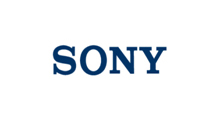
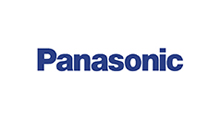
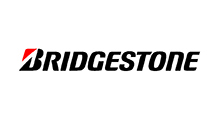
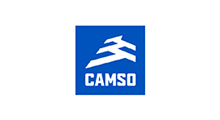
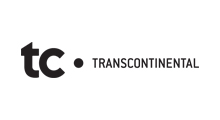
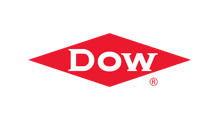
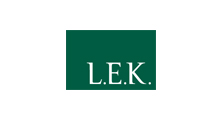

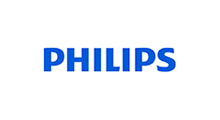
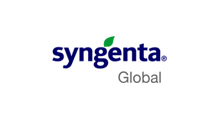
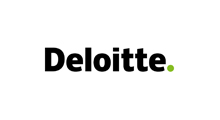

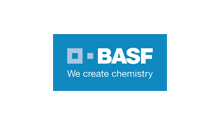
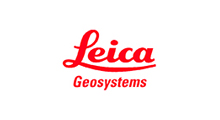
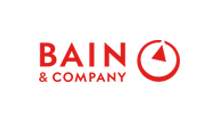
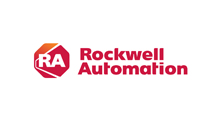
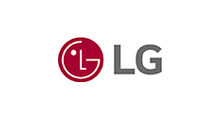
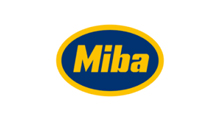
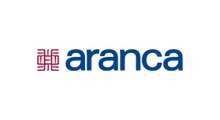
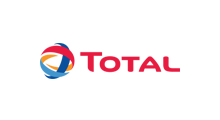
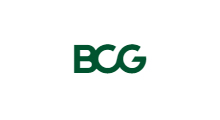
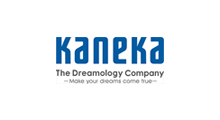
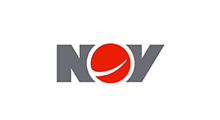
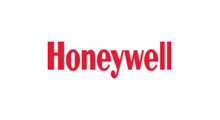
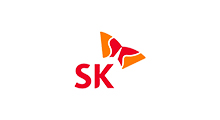
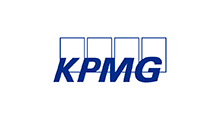
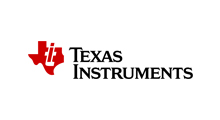
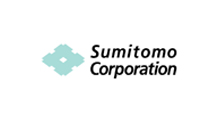
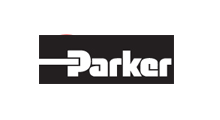
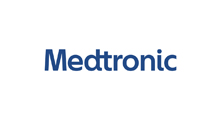
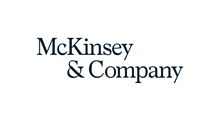


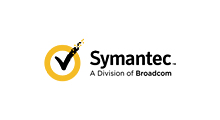
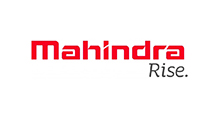
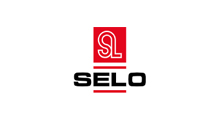
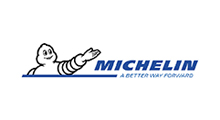

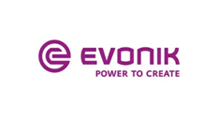

Free Customization
Countries can be added on demand
Free yearly update on purchase of Multi/Corporate User License
Companies served till date

We serve our customers 24x7 for 365 days through calls, emails and live chat options.
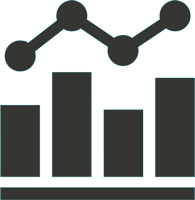
Huge database of exceptional market reports bringing market intelligence to your fingertips.

SSL enabled, we offer you various secured payment options for risk free purchase.